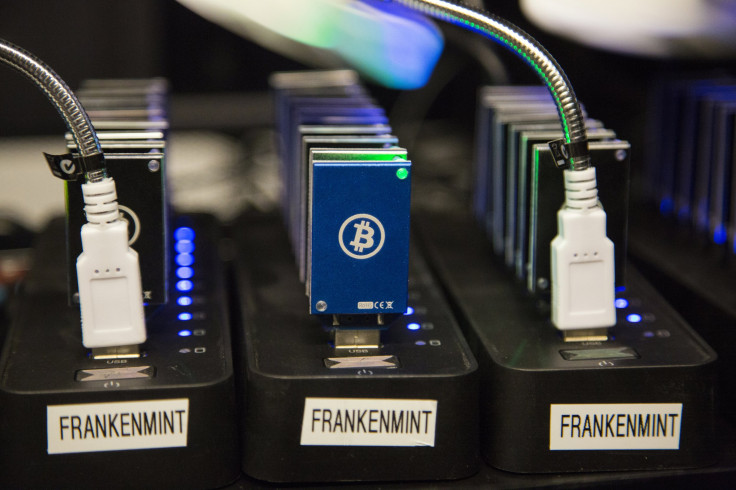Bitcoin Mining In Washington To Cost More, Electricity Rate Set To Increase

A number of cryptocurrency mining operators have flocked to Grant County, Washington, due to the lower power cost that comes from the local hydroelectric plant. But that maybe set to change as Grant County Public Utility District (PUD) recently announced a rate hike for electricity used by cryptocurrency mining farms by as much as threefold.
At a commission meeting held Aug. 28, Grant County PUD announced Rate 17, which increases the cost of electricity for “evolving industries” — which include cryptocurrency mining — by 15 percent, effective April 1, 2019, by another 35 percent a year later, and finally, by 50 percent in 2021. Grant County PUD voted in the new rate to ensure its core customers (residents and small businesses) could continue enjoying below-cost power rates.
“Your industry is unregulated and high-risk," PUD Commissioner Tom Flint said at the meeting where a number of cryptocurrency miners showed up. "This is the best way to ensure our ratepayers are not impacted by this unregulated, high-risk business.”
The reason for this rate hike is the heightened demand from miners, which is putting a strain on the local grid. The county has experienced service inquiries from crypto miners whose energy needs are almost triple the power currently needed for all local necessities.
“I don’t view miners as villains,” Commissioner Larry Schaapman said at the same meeting. “You have likened yourselves to the data centers, but you can only do one thing — mine bitcoin.”
Grant County PUD financial analyst Jeremy Nolan told the commissioners that staff preferred the three-year graduated phase-in over other options, because it limited the rate shock for established crypto mining firms, while also giving Grant County PUD staff time to see how prospective evolving-industry customers respond to the new rate schedule.
Utility companies say they have to beef up capacity at substations to meet the requirements of crypto miners. That increases the cost of operation, but without any guarantee of the mining continuing for a long time. Also, mining farms don’t bring in a large number of jobs, unlike a factory or an office building would.
Depending on the amount of electricity consumed, mining operations would see their costs rise from 4.9 cents per kWh to 13.7 cents per kWh (for monthly average use of 5,000 kWh, which was expected to go up to 20,000 kWh) and from 2.6 cents per kWh to 7.9 cents per kWh (for billing of 2 MW and load factor of 92.5 percent)
There are big differences in estimates about how much energy cryptocurrency mining operations consume. A research paper from May, published in the peer-reviewed journal Joule, estimated the annual consumption for mining Bitcoin (which is only one of over 1,200 cryptocurrencies that currently exist) at over 73 TWh. It also said the minimum consumption of electricity by the Bitcoin network was 58.01 TWh.
In sharp contrast, a white paper published on CoinShares, written by researchers Christopher Bendiksen and Samuel Gibbons, says Bitcoin mining uses up about 35 TWh.
Bitcoin consumes energy since the security of its network relies on a computer algorithm called “proof-of-work,” performed by all the computers in a network that are seeking to generate, or “mine” new digital coins.
© Copyright IBTimes 2024. All rights reserved.




















